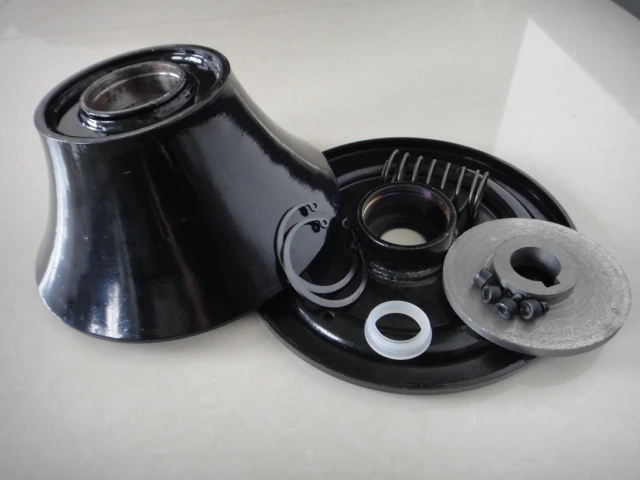 Afrikaans
Afrikaans  Albanian
Albanian  Amharic
Amharic  Arabic
Arabic  Armenian
Armenian  Azerbaijani
Azerbaijani  Basque
Basque  Belarusian
Belarusian  Bengali
Bengali  Bosnian
Bosnian  Bulgarian
Bulgarian  Catalan
Catalan  Cebuano
Cebuano  Corsican
Corsican  Croatian
Croatian  Czech
Czech  Danish
Danish  Dutch
Dutch  English
English  Esperanto
Esperanto  Estonian
Estonian  Finnish
Finnish  French
French  Frisian
Frisian  Galician
Galician  Georgian
Georgian  German
German  Greek
Greek  Gujarati
Gujarati  Haitian Creole
Haitian Creole  hausa
hausa  hawaiian
hawaiian  Hebrew
Hebrew  Hindi
Hindi  Miao
Miao  Hungarian
Hungarian  Icelandic
Icelandic  igbo
igbo  Indonesian
Indonesian  irish
irish  Italian
Italian  Japanese
Japanese  Javanese
Javanese  Kannada
Kannada  kazakh
kazakh  Khmer
Khmer  Rwandese
Rwandese  Korean
Korean  Kurdish
Kurdish  Kyrgyz
Kyrgyz  Lao
Lao  Latin
Latin  Latvian
Latvian  Lithuanian
Lithuanian  Luxembourgish
Luxembourgish  Macedonian
Macedonian  Malgashi
Malgashi  Malay
Malay  Malayalam
Malayalam  Maltese
Maltese  Maori
Maori  Marathi
Marathi  Mongolian
Mongolian  Myanmar
Myanmar  Nepali
Nepali  Norwegian
Norwegian  Norwegian
Norwegian  Occitan
Occitan  Pashto
Pashto  Persian
Persian  Polish
Polish  Portuguese
Portuguese  Punjabi
Punjabi  Romanian
Romanian  Russian
Russian  Samoan
Samoan  Scottish Gaelic
Scottish Gaelic  Serbian
Serbian  Sesotho
Sesotho  Shona
Shona  Sindhi
Sindhi  Sinhala
Sinhala  Slovak
Slovak  Slovenian
Slovenian  Somali
Somali  Spanish
Spanish  Sundanese
Sundanese  Swahili
Swahili  Swedish
Swedish  Tagalog
Tagalog  Tajik
Tajik  Tamil
Tamil  Tatar
Tatar  Telugu
Telugu  Thai
Thai  Turkish
Turkish  Turkmen
Turkmen  Ukrainian
Ukrainian  Urdu
Urdu  Uighur
Uighur  Uzbek
Uzbek  Vietnamese
Vietnamese  Welsh
Welsh  Bantu
Bantu  Yiddish
Yiddish  Yoruba
Yoruba  Zulu
Zulu Exploring the Benefits and Innovations of Vertical Roller Technology in Modern Industries
The Evolution and Advantages of Vertical Roller Mills
In recent years, the industrial landscape has witnessed advances in milling technology that have fundamentally changed how materials are processed. Among these innovations, vertical roller mills (VRMs) have gained significant traction, particularly in the fields of cement and minerals processing. This article will delve into the evolution of vertical roller mills, their advantages, and their impact on the industry.
The History of Vertical Roller Mills
Vertical roller mills originated in the late 19th century when innovators sought efficient ways to grind raw materials for construction and other industries. Initially, these mills were designed to mill grains. However, as industrial needs evolved, so did the applications of vertical roller mills. By the mid-20th century, engineering advancements led to their adaptation for cement production, where they began to replace traditional ball mills.
The breakthrough for VRMs came with the realization that those mills could achieve higher efficiency levels while requiring less energy. The integration of advanced grinding technologies, such as hydraulic systems and sophisticated control mechanisms, allowed for the precise management of the grinding process, facilitating a shift from conventional methods.
How Vertical Roller Mills Work
Vertical roller mills utilize a unique design featuring a grinding table that is mounted vertically. This configuration includes rollers that exert force on the material being processed while it is continuously fed onto the table. The grinding action takes place due to the friction between the rollers and the table, which results in the pulverization of the material.
One of the significant aspects of VRMs is their ability to mill a range of materials with varying hardness levels, including raw meal, cement, and supplementary materials like slag and fly ash. This versatility is a key factor driving their adoption across various sectors.
Advantages of Vertical Roller Mills
vertical roller

1. Energy Efficiency One of the most significant advantages of vertical roller mills is their energy efficiency. Compared to traditional ball mills, VRMs can consume up to 30-50% less energy. This reduced energy consumption leads to lower operational costs and a smaller environmental footprint, which is increasingly important in today's eco-conscious markets.
2. Higher Throughput VRMs can achieve higher throughput rates without compromising the quality of the final product. This efficiency translates to increased productivity for manufacturers, enabling them to meet growing market demands more effectively.
3. Lower Maintenance Needs The design of vertical roller mills generally results in lower wear and tear on equipment. With fewer moving parts compared to traditional mills, maintenance requirements are reduced, leading to less downtime and lower costs associated with repairs and replacements.
4. Versatility VRMs can handle a wide variety of materials, making them suitable for diverse applications beyond cement production. These mills can process materials like coal, ores, and even industrial additives, providing a one-stop solution for various milling needs.
5. Better Product Quality The ability to control the grinding conditions in VRMs helps ensure consistent product quality. The design allows for precise adjustment of parameters such as temperature and fineness, resulting in the production of high-quality materials tailored to specific requirements.
6. Environmental Benefits Modern VRMs incorporate technologies that minimize dust and emissions, contributing to improved air quality. Their energy-efficient design and reduced waste production align well with sustainable practices, making them a preferred choice for companies aiming to meet environmental regulations and goals.
Conclusion
Vertical roller mills represent a significant leap forward in milling technology, providing a range of benefits that address both operational and environmental challenges. As industries continue to seek efficient, sustainable solutions, the adoption of VRMs is expected to grow. Companies that invest in these advanced milling technologies are likely to find themselves at the forefront of their sectors, capitalizing on increased efficiency, reduced costs, and enhanced product quality. The future looks bright for vertical roller mills, as they redefine the standards of grinding technology in the global marketplace.
-
Revolutionizing Conveyor Reliability with Advanced Rubber Lagging PulleysNewsJul.22,2025
-
Powering Precision and Durability with Expert Manufacturers of Conveyor ComponentsNewsJul.22,2025
-
Optimizing Conveyor Systems with Advanced Conveyor AccessoriesNewsJul.22,2025
-
Maximize Conveyor Efficiency with Quality Conveyor Idler PulleysNewsJul.22,2025
-
Future-Proof Your Conveyor System with High-Performance Polyurethane RollerNewsJul.22,2025
-
Driving Efficiency Forward with Quality Idlers and RollersNewsJul.22,2025





























